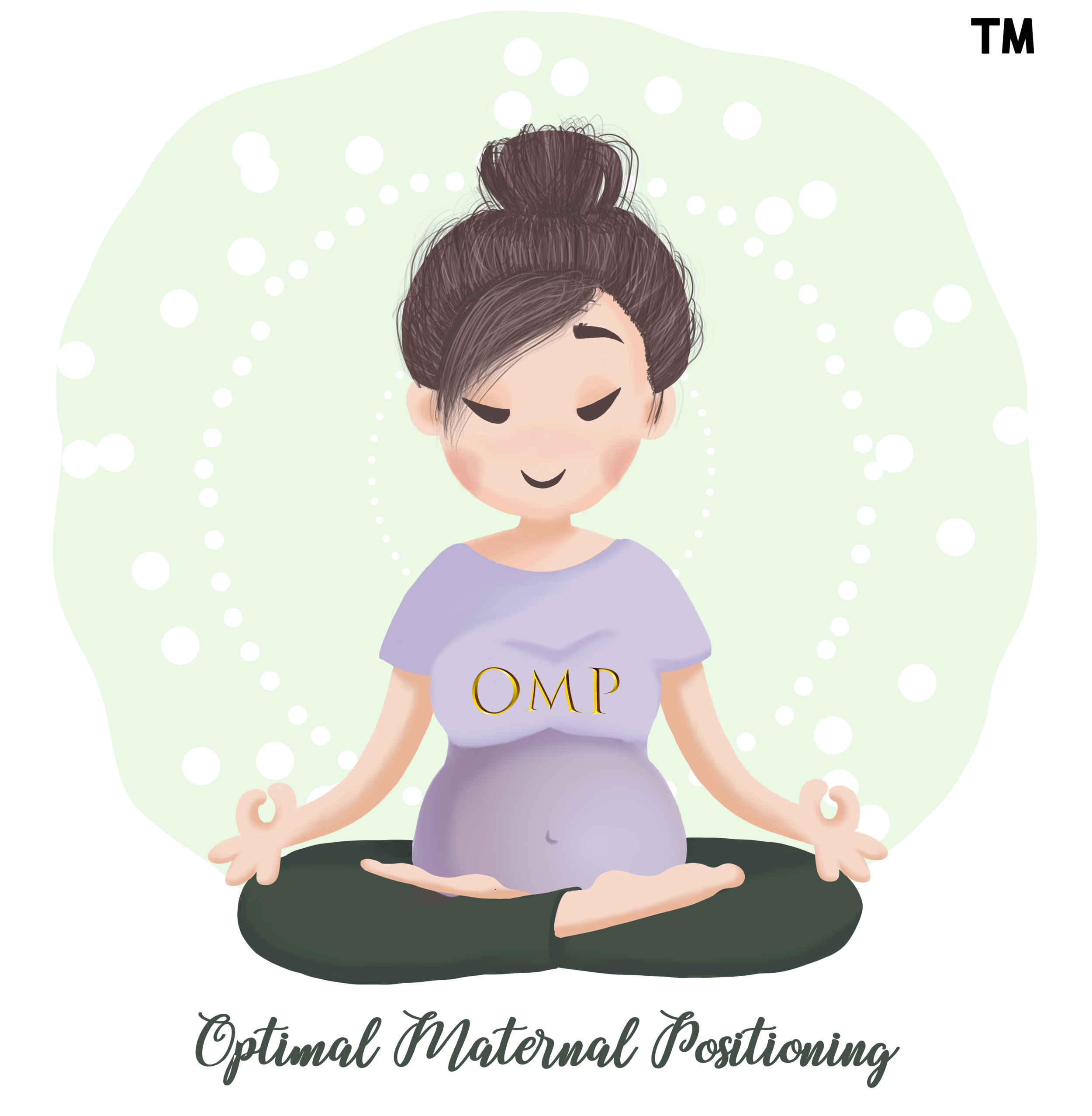Comfort Measures during Labor & Birth
Comfort measures
Comfort measures work on the basis of the ‘Gate Control Theory of Pain’ discovered by Ronald Melzack & Patrick Wall (1965) where they state that the intensity of pain we experience is based on the interactions between pain-conducting & pain-inhibiting neurons, and the major factor affecting the activation of pain-transmitting cells vs pain-inhibiting cells is our emotions. The mind alone can stop or mitigate the feeling of pain. Until today, most doula training and books written to cope with labor pain using non-pharmaceutical techniques focuses on the theory of ‘Gate Control Theory of Pain’ where we utilize comfort measures that would allow the body to produce more pain-inhibiting neurons than the amount of pain-conducting neurons that the body is releasing during labor and birth.
During our OMP professional workshops, we emphasise that ‘Comfort measures are meant to help a mother feel better, however it does not necessarily enable labor to progress.’ It is very important to be able to distinguish the difference between techniques that you are using to help a mother feel better versus techniques that enable labor to progress - the latter being relatively, if not VERY uncomfortable when used during labor and birth. Comfort measures are very important in helping a mother cope through the discomfort of the techniques that enables labor to progress.
Hence when we use the term ‘Comfort Measures’ at OMP, we do not mean the conventional comfort measures of keeping the mother as comfortable as she can possibly be during labor and birth such as using aromatherapy, hot/cold compresses and the likes which we acknowledge as important and complementary, we specifically mean where you choose to place your hands on her pelvis when using popular and well-liked techniques such as the double hip squeeze.
The double hip squeeze is a type of pressure massage that is usually applied on the mother’s hips through using a rebozo (a hand woven fabric made by Mexicans and/or in Central/South America) or using a birth supporter’s pair of hands. The birth supporter places his or her hands on the laboring mother’s hip bones with the mother in a forward leaning active birth position and she gives counter pressure during a contraction which many mothers report giving immense relief during contractions.
Did you know that where you place your hands on the mother’s hips together with the amount of pressure applied can potentially inhibit pelvic mobility or potentially create more space available for baby?
In 3.1 & 3.2, we focus on where we place our hands on the mother’s sacrum when applying counter pressure. In 3.3 & 3.4, we focus on where we place our hands on the mother’s iliac crest when applying counter pressure. And in 3.5, we focus on where we place our hands on the mother’s sitz bones when applying counter pressure.
For OMP Active Birth Positions , OMP Pelvic Mobility Protocols and OMP Comfort Measures to be effective, it has to be done during contractions and used for 5-10 consecutive contractions to see if it is effective in enabling labor to progress.

